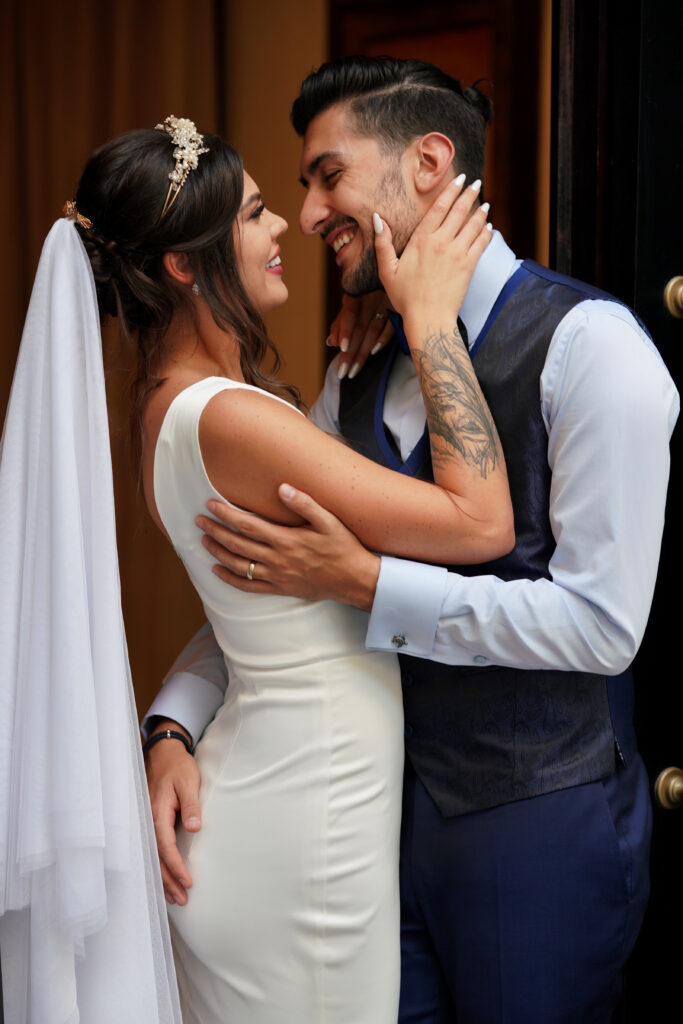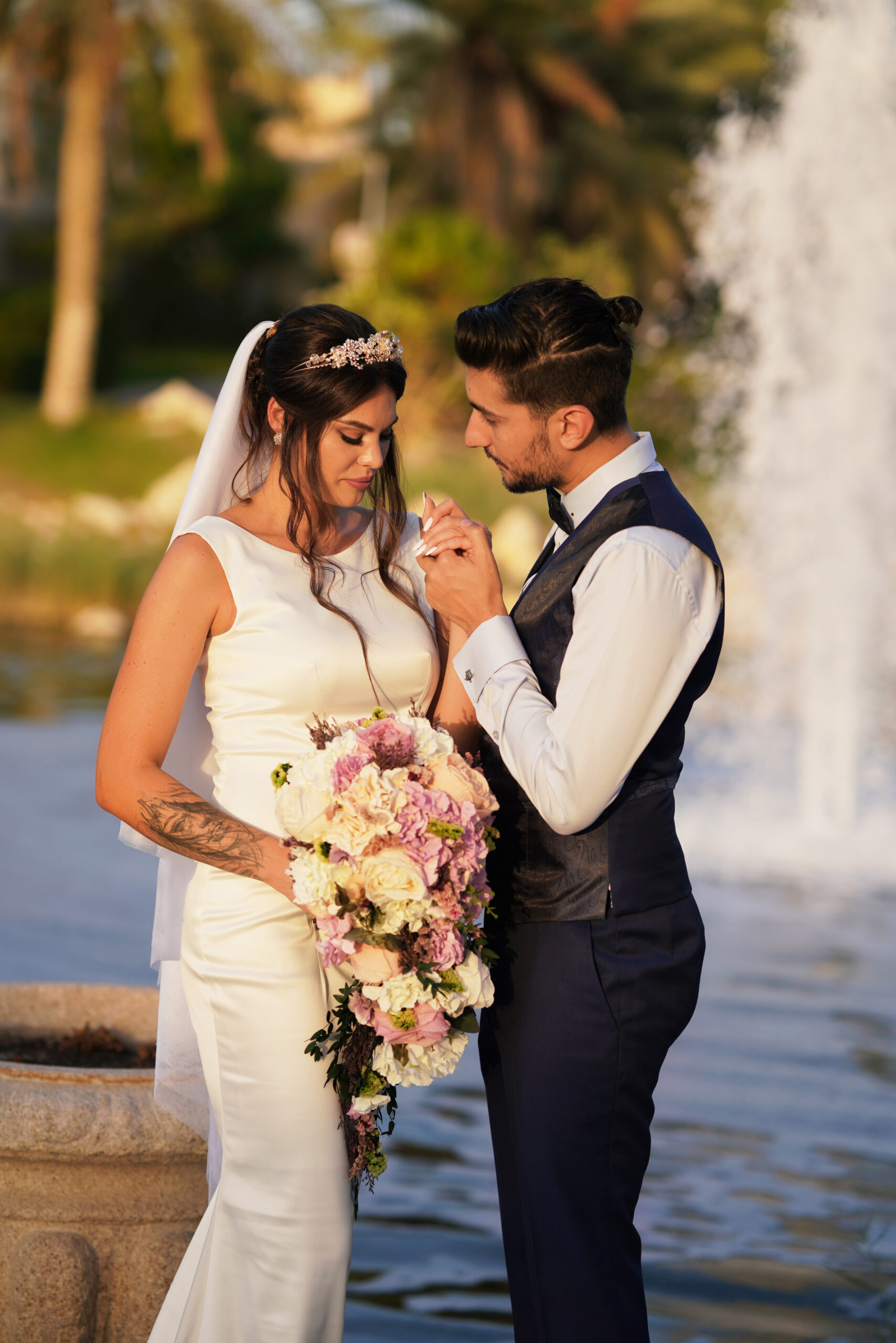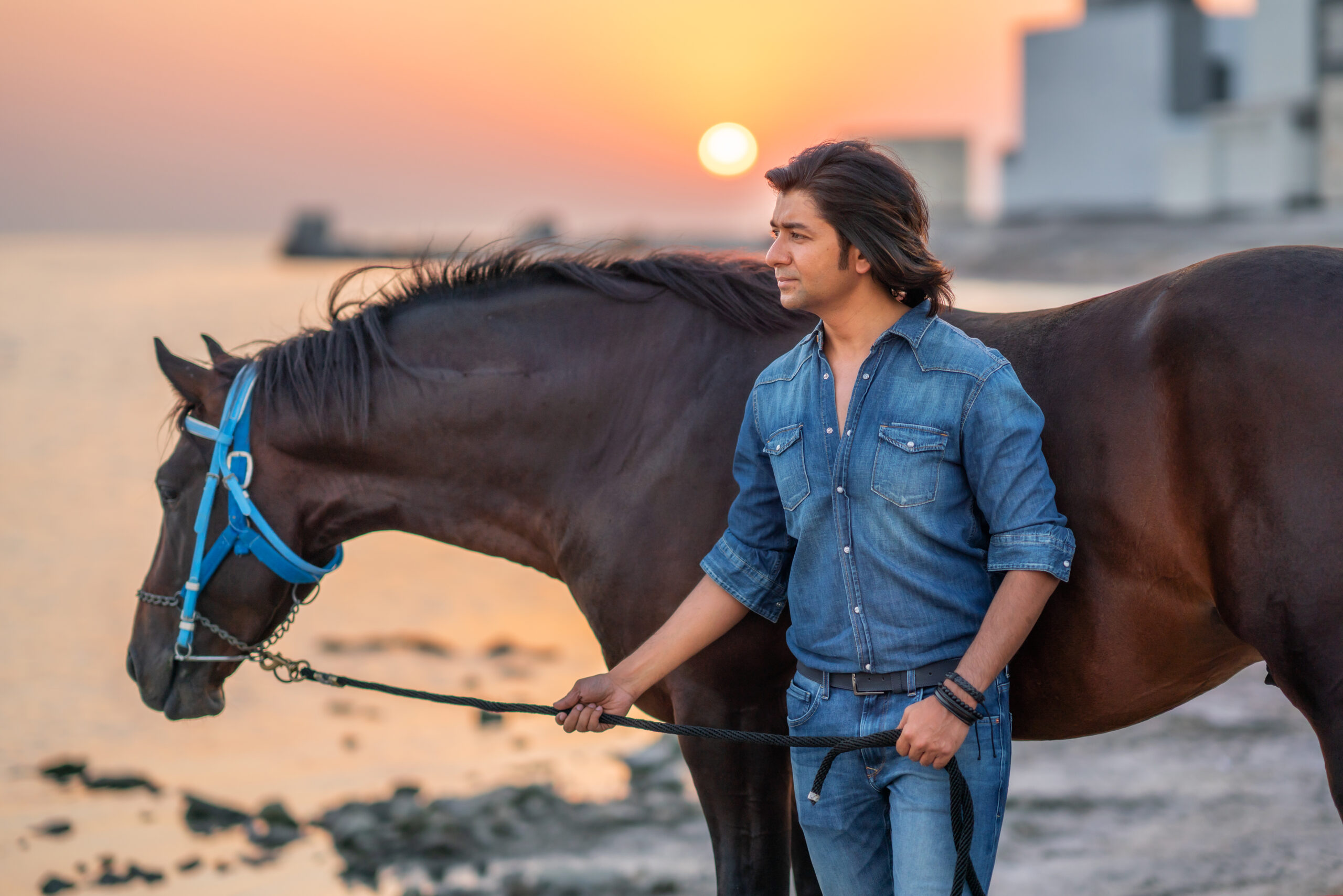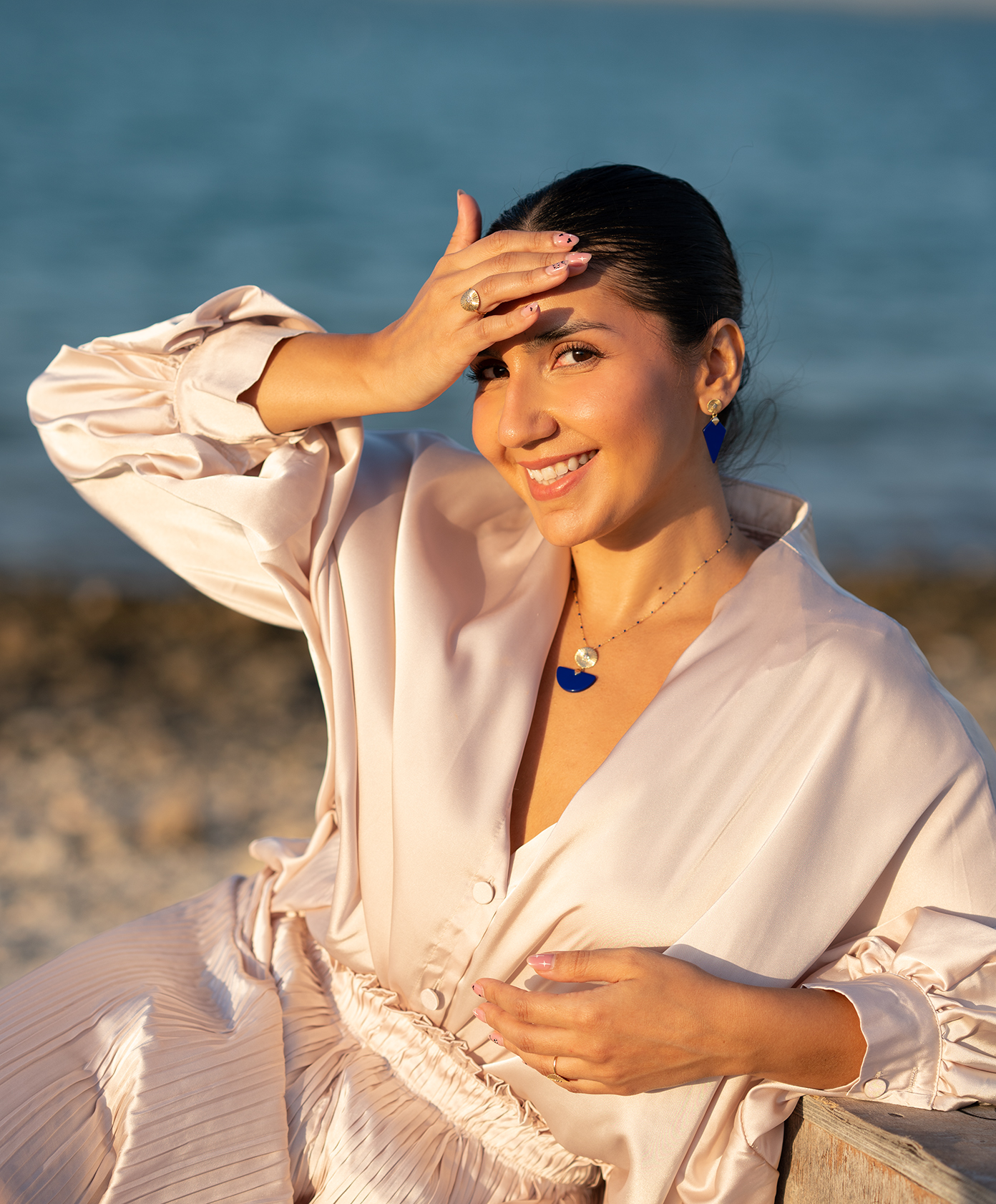Outdoor weddings offer a stunning canvas for photographers, blending natural beauty with heartfelt emotion. From sun-drenched fields to dramatic coastlines, the possibilities are endless. However, capturing these perfect moments requires more than just a great camera. It demands skill, preparation, and an ability to adapt to the unpredictable nature of the great outdoors. This guide will explore the unique challenges and opportunities of outdoor wedding photography, offering tips for both photographers and couples.
We will cover essential preparation techniques, from scouting locations to mastering natural light. We’ll also discuss the art of storytelling and why candid moments are so crucial. Finally, we’ll provide advice for couples on finding the perfect photographer to capture their special day against the backdrop of nature.
The Magic and Challenges of Natural Light
Light is the most critical element in photography, and outdoors, it’s constantly changing. Understanding how to work with natural light is what separates a good photographer from a great one.
Harnessing the Golden Hour
The “golden hour” refers to the period shortly after sunrise and before sunset. During this time, the sun is low in the sky, casting a soft, warm, and dimensional light. This flattering glow minimizes harsh shadows, enhances skin tones, and creates a romantic, dreamlike atmosphere.
Photographers should schedule key photo sessions, like couple portraits, during this magical window. It’s wise to check the exact times for sunrise and sunset on the wedding day and plan the timeline accordingly. This small step can make a significant difference in the final images.
Dealing with Harsh Midday Sun
Shooting in the middle of the day presents a major challenge. The high, direct sun creates strong, unflattering shadows, particularly under the eyes and nose. It also causes subjects to squint.
To combat this, photographers can seek out “open shade.” This is a bright area that is not in direct sunlight, such as under a large tree, on the side of a building, or beneath an overhang. The light in these spots is soft and even, providing a much more flattering result. If shade isn’t available, using a diffuser to soften the direct sun or a reflector to fill in shadows can save the shot.
Preparing for the Unpredictable
An outdoor wedding is a dynamic event. The weather can turn in an instant, and the environment itself presents unique variables. Meticulous preparation is the key to success.
The Importance of Location Scouting
Never arrive at an outdoor venue blind. A photographer should visit the location before the wedding day, ideally at the same time the ceremony and portraits are scheduled. This allows them to understand the light, identify the best backdrops, and spot any potential problems.
During a scout, look for:
- Primary photo spots with beautiful backgrounds.
- Shaded areas for relief from midday sun.
- A solid backup location in case of rain.
- The direction of the sun at different times of the day.
This reconnaissance mission helps create a solid game plan, ensuring a smooth and efficient photo session on the wedding day.
Creating a Weather Contingency Plan
Weather is the biggest variable for any outdoor event. A professional photographer always has a backup plan. Discussing a “Plan B” with the couple beforehand manages expectations and reduces stress if bad weather strikes.
This plan could involve moving the ceremony to a covered patio, a tent, or an indoor space. For photos, photographers can bring stylish umbrellas, find covered walkways, or use the dramatic, moody light of a stormy sky to their advantage. Embracing the weather, whatever it may be, can lead to some of a wedding’s most unique and memorable photos.

The Art of Storytelling and Capturing Candor
A wedding album should be more than a collection of posed portraits. It should tell the story of the day, capturing the authentic emotions and unscripted moments that make it special. Outdoor settings provide a relaxed atmosphere that encourages these candid interactions.
Focus on Unscripted Moments
While formal portraits are important, the most cherished photos are often the ones the couple didn’t know were being taken. A loving glance during the vows, a shared laugh with a grandparent, or a quiet moment of reflection before the ceremony—these are the heart of the wedding story.
Photographers should be discreet observers, always ready to capture these fleeting moments. Using a longer lens allows them to shoot from a distance, making guests feel more comfortable and act more naturally. The goal is to document the day as it unfolds, preserving genuine emotions.
Using the Environment to Enhance the Story
The natural backdrop is a character in the story of an outdoor wedding. A skilled photographer will incorporate the landscape to add context and scale to the images. A wide shot of the couple against a vast mountain range can evoke a sense of adventure and grandeur. A close-up of the rings on a piece of driftwood can tie the details to a coastal theme.
By thoughtfully composing shots that include the environment, the photographer grounds the wedding in its unique setting, creating a richer and more complete visual narrative.

Advice for Couples: Choosing Your Outdoor Wedding Photographer
Finding the right photographer is one of the most important decisions you’ll make for your outdoor wedding. This person will be responsible for preserving your memories for a lifetime.
Look for Relevant Experience
When reviewing portfolios, look specifically for examples of outdoor weddings. A photographer may have beautiful indoor work, but do they have experience managing difficult lighting, unpredictable weather, and natural landscapes? Check to see if they have shot at your venue or a similar one before. An experienced outdoor photographer will have a portfolio that showcases their ability to handle these unique challenges.
Ask About Their Approach and Backup Plans
During your initial consultation, ask about their process. How do they prepare for an outdoor shoot? What is their contingency plan for bad weather? A professional will have clear, confident answers to these questions. They should be able to walk you through how they would handle a rainy day or harsh sunlight, giving you peace of mind.
Ensure Your Personalities Connect
Your photographer will be by your side for most of your wedding day. It’s essential that you feel comfortable with them. Choose someone whose personality and energy match your own. A good connection will help you relax in front of the camera, leading to more natural and authentic photographs that truly reflect who you are as a couple.



